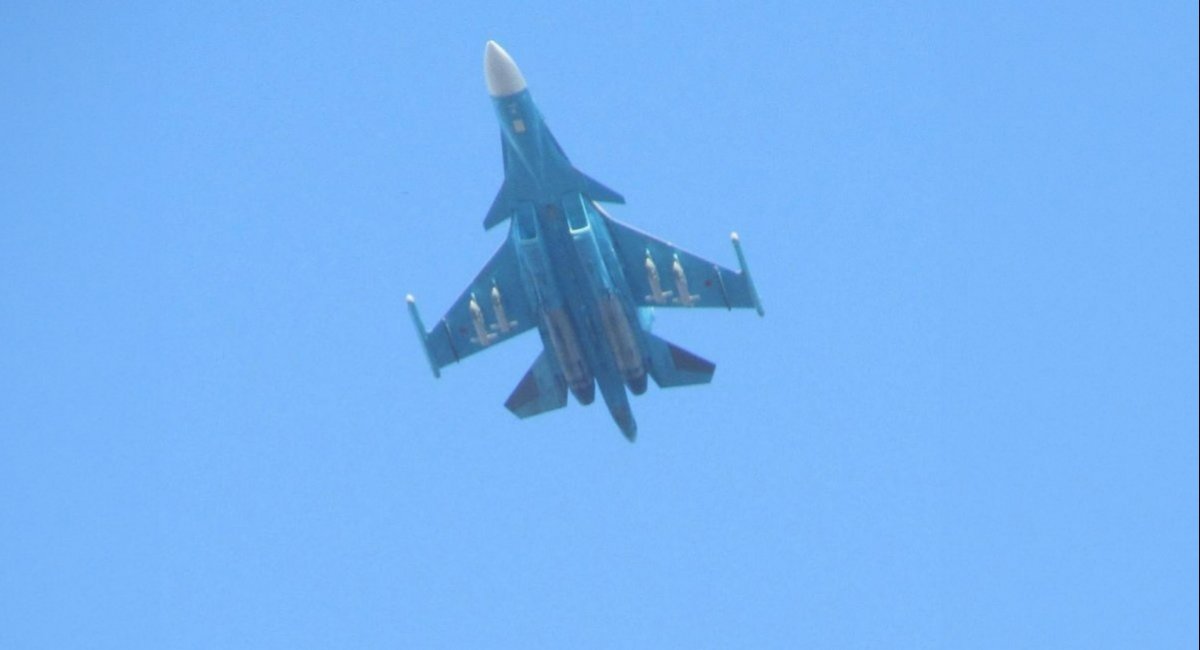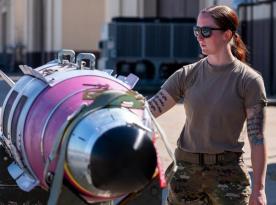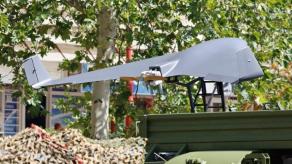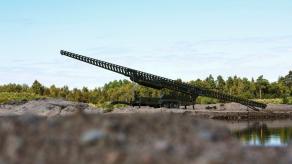The aviation of russia’s invasion forces is increasingly employing new extended-range variants of its glide bombs, specifically the modernized UMPK-PD. Recently, the Kharkiv Regional Prosecutor’s Office reported strikes using these munitions on targets in the Kharkiv and Sumy regions, Suspilne reports.
Whereas the standard UMPK has an effective range of 60–80 km, depending on the launch conditions, the updated UMPK-PD can reportedly reach up to 95 km. According to the prosecutor’s office, the russian military is currently field-testing these new variants, suggesting that the effective range may grow further.
Read more: Command and Collapse: Ukrainian Drones Hit russian Nerve Centers (Video)
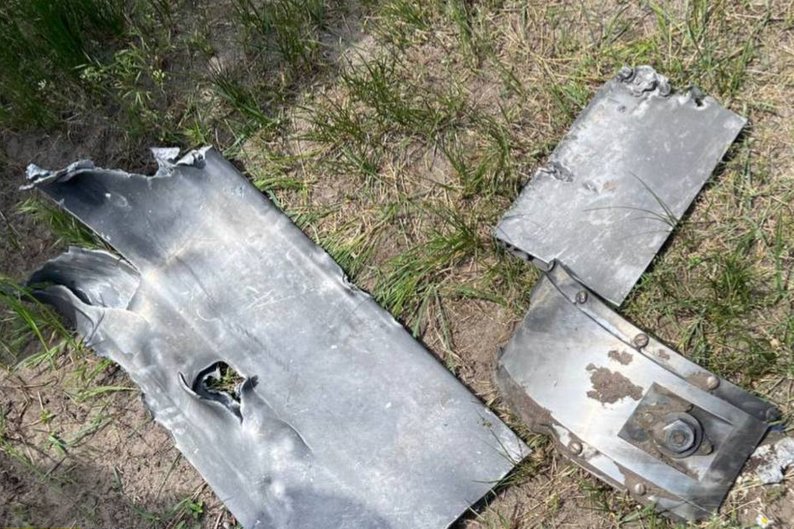
Development of the UMPK-PD (PD stands for "Extended Range" in russian) has been known since at least September 2024. At that time, the russian military command began publicly touting its progress, claiming that tests were nearing completion. Actual development likely began much earlier, possibly as far back as 2023.
The first visual confirmation of the UMPK-PD emerged only in March 2025, showing a Su-34 front-line bomber equipped with four FAB-500M62 bombs fitted with the new extended-range kits. The UMPK-PD is known to have a larger wing area, a reinforced mounting system, and more robust guidance controls.

The deployment of UMPK-PD gives russian forces two key advantages. First, they can strike targets 15–35 km deeper into Ukrainian territory from the same stand-off release points. Second, Su-34 pilots can conduct launches from further behind the frontline, increasing their safety from Ukrainian air defenses.
However, the greater the bomb’s range, the longer it is exposed to Ukrainian electronic warfare — one of the most effective tools against satellite-guided munitions. To counter this, the russians have increasingly equipped UMPKs with Kometa-M satellite navigation modules, sometimes adding up to 8 or even 12 antenna elements to resist jamming. The higher the number of elements, the harder the system is to disrupt.

Yet accuracy remains a secondary concern for russia, whose targets are often not military positions but civilian population centers. The UMPK-PD, therefore, represents a relatively low-cost terror weapon aimed at inflicting psychological and material damage.
Despite these threats, Ukraine continues to deliver painful asymmetric blows to russia’s long-range strike capabilities. Notably, following Operation Spider’s Web, executed by Ukraine’s Security Service, russia may be unable to replenish its fleet of strategic bombers, including the Tu-160, Tu-95MSM, and Tu-22M3.
Read more: SSU Operation Pavutyna: How Ukraine Dealt a Devastating Blow to russia’s Strategic Aviation




